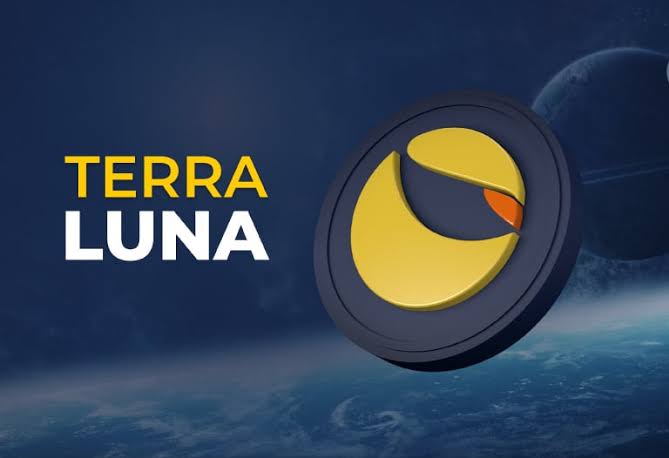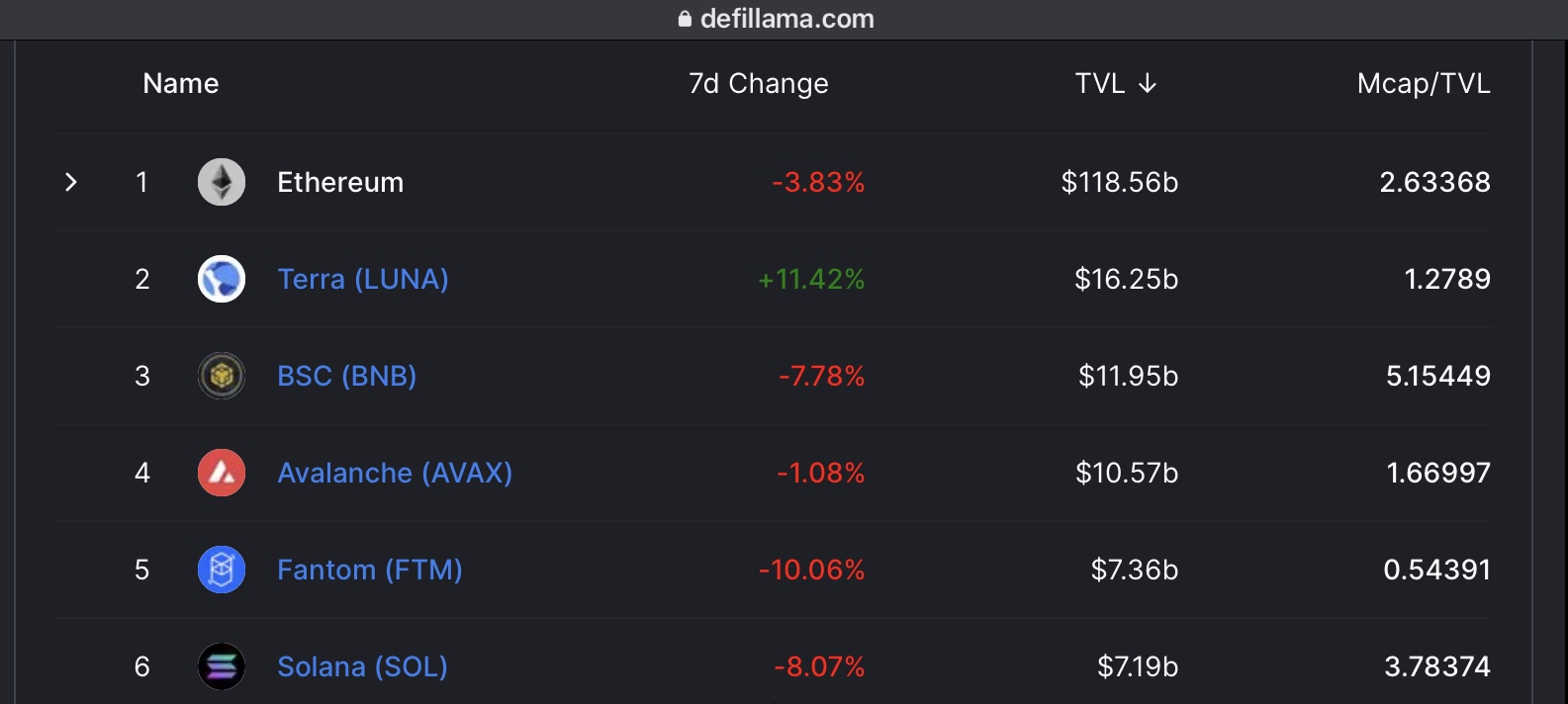Through an over-the-counter sale of LUNA, the Terra blockchain’s native token, the Luna Foundation Guard (LFG) has raised $1 billion.

The funds will be used to establish a new reserve that would function as a “release valve” for UST redemptions amid crypto market selloffs.
Jump Crypto and Three Arrows Capital led the round, which was one of the largest in the crypto sector’s history, with Republic Capital, GSR, Tribe Capital, DeFiance Capital, and other unknown investors joining in.
LFG, a non-profit organization based in Singapore, was founded in January to aid in the expansion of the Terra environment.
The $1 billion raised will be used to construct a bitcoin-denominated FX reserve for Terra’s largest stablecoin, UST.
UST is an algorithmic stablecoin that has gained traction in DeFi communities. According to research by The Block, it now has a market valuation of more than $12 billion, having more than tripled since November last year.
The reserve generated by the $1 billion capital injection, according to LFG, would effectively act as a “release valve” for UST redemptions, ensuring that the stablecoin’s price remains tied to the dollar amid crypto market selloffs.
How does the reserve work?
Unlike more well-known stablecoins like Tether and Circle, algorithmic alternatives do not rely on collateral to keep their value stable.
Stablecoins like UST, on the other hand, rely on market incentives to maintain their peg.
From Terra’s website, here’s a description of how the system works: “When the demand for Terra is high and the supply is limited, the price of Terra increases. When the demand for Terra is low and the supply is too large, the price of Terra decreases. The protocol ensures the supply and demand of Terra is always balanced, leading to a stable price.”
Users can burn LUNA tokens to mint new Terra-based stablecoins, the largest of which is UST, and they can also burn UST to mint LUNA. The protocol incentivizes them to burn and mint LUNA in such a way that $1 worth of LUNA can always be exchanged for 1 UST, and vice versa
The reserve, on the other hand, was created to step in if crypto market selloffs weaken those incentives..
“The reserve assets can be utilized in instances where protracted market selloffs deter buyers from restoring the UST peg’s parity and deteriorate the Terra protocol’s open market arbitrage incentives,” said LFG.
“The reserve assets can be utilized in instances where protracted market selloffs deter buyers from restoring the UST peg’s parity and deteriorate the Terra protocol’s open market arbitrage incentives,” said LFG.
LFG feels bitcoin is less connected to the Terra ecosystem, hence the reserve will be denominated in bitcoin at first. Other non-correlated assets are expected to be added to the reserve over time, though it is unclear which ones will be utilized.
The core notion is that this will keep Terra’s arbitrage incentives intact even if UST demand declines dramatically.
According to LFG’s release, the LUNA purchased by Jump Capital and other investors in the $1 billion transaction would be locked up during a four-year vesting period.
Terra rise in DeFi
Terraform Labs, situated in Singapore, was created by Do Kwon and Daniel Shin in 2018 and is the brains behind the Terra blockchain.
Pantera Capital, Coinbase Ventures, Galaxy Digital, Binance Labs, Dunamu, Huobi Capital, and OKEx are among the investors in the company. It received funds last year through a $25 million token sale in January 2021, followed by a $150 million DeFi Ecosystem Fund in July.
On December 20, 2021, Terra surpassed Binance Smart Chain (BSC) to become the second largest DeFi blockchain. There are around 14 projects on the blockchain payment network using decentralized stablecoins that have locked in $18 billion in value as of December 30, 2021. Due to the market-wide slump, the TVL has since retraced to $16.15 billion at press time.

Terra’s DeFi market share was only 3% by the end of June 2021, with a TVL of $3.4 billion on its DeFi protocols. On December 27, 2021, their TVL hit an all-time high of $21.1 billion, an increase of 122 percent in a month. This was timed to correspond with the rising price of LUNA, the company’s native token, which was one of the best-performing DeFi tokens in 2021.
Terraform is now involved in a legal dispute with the Securities and Exchange Commission in the United States (SEC). The Lab and its CEO, Do Kwon, have been ordered by the United States District Court in New York to comply with subpoenas issued by the Securities and Exchange Commission (SEC).
The Block was used as a source for this article.